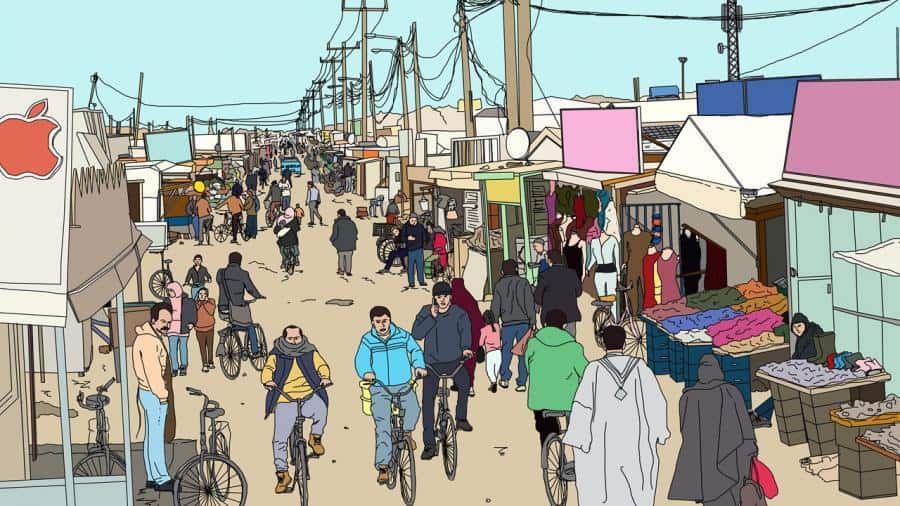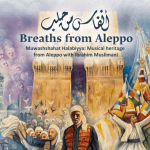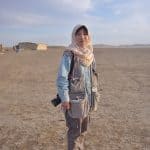Friday 7 June 2024 – 18:00 to 19:30
The Gallery, 70 Cowcross Street, London EC1M 6EJ –
Al Za’atari is one of the world’s largest refugee camps, providing a home of sorts to 80,000 people, who have fled the war in Syria. Created by the UNHCR the settlement was laid out in the desert on a regular grid with accommodation provided in regimented rows of caravans each of 10 square metres area.
However people were able to rearrange the caravans, and alter the nature of the streets. Shopping streets emerged, and people were able to cluster the caravans to form larger units, with private spaces, courtyards, and gardens.

The standard urban delivery model worldwide excludes people from decisions on how they configure their neighbourhoods, streets and houses. In al Zaatari people have been able to make changes. As such, Al Za’atari is a major experiment in how people try to optimise the environments, even in the desperate circumstances of a refugee camp. There are important lessons to be learned with global relevance.
What does a town look like if people are left to co-create their own environment? We explore the lessons from al-Za’atari refugee Camp in Jordan. Al Za’atari camp shows how humans will try to arrange their homes and neighbourhoods around their needs, and how this is different to how higher powers think things should be designed and laid out.
Presenter: Professor Husam Al-Waer at University of Dundee
Based in Clerkenwell since 1974, our dedicated Gallery space serves as a venue for lectures and exhibitions where many of the key issues on architecture, environment and urban design are debated.
Book your FREE TICKET HERE



